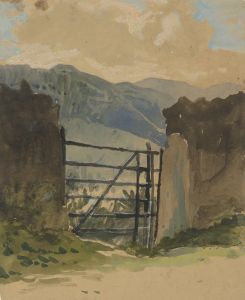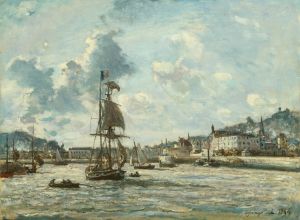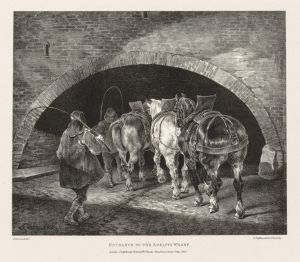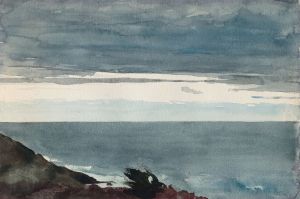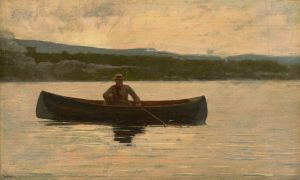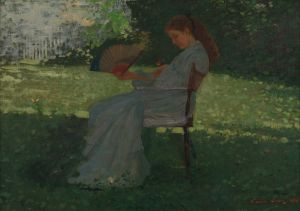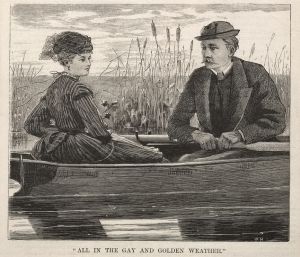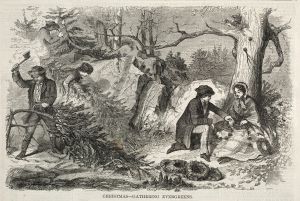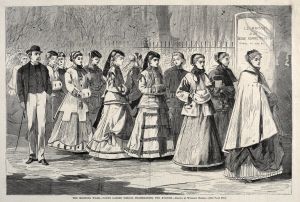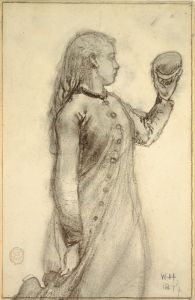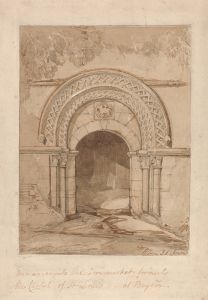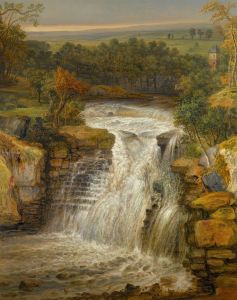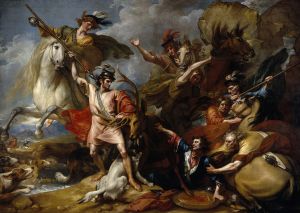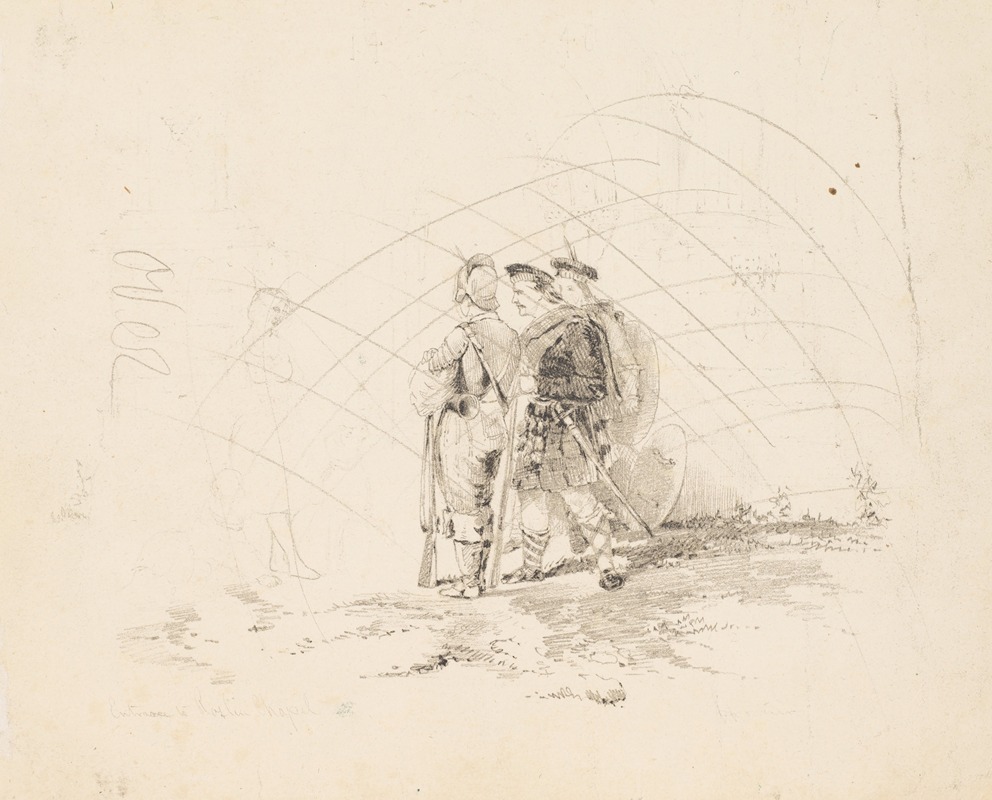
Entrance to Roslin Chapel
A hand-painted replica of Winslow Homer’s masterpiece Entrance to Roslin Chapel, meticulously crafted by professional artists to capture the true essence of the original. Each piece is created with museum-quality canvas and rare mineral pigments, carefully painted by experienced artists with delicate brushstrokes and rich, layered colors to perfectly recreate the texture of the original artwork. Unlike machine-printed reproductions, this hand-painted version brings the painting to life, infused with the artist’s emotions and skill in every stroke. Whether for personal collection or home decoration, it instantly elevates the artistic atmosphere of any space.
Winslow Homer, an American artist renowned for his landscape and marine subjects, painted "Entrance to Roslin Chapel" during his time in Europe. This work is part of his lesser-known European period, which spanned from 1866 to 1867. During this time, Homer traveled to France and England, where he was exposed to different artistic styles and historical sites, which influenced his work.
Roslin Chapel, located in the village of Roslin, Midlothian, Scotland, is a 15th-century chapel famous for its ornate stone carvings and intricate architecture. It has been a subject of fascination for many artists and historians due to its mysterious and richly detailed design. The chapel's construction began in 1446 under the direction of William Sinclair, 1st Earl of Caithness, and it was intended to be part of a larger cruciform church, which was never completed.
Homer's depiction of Roslin Chapel captures the entrance of this historic site, focusing on its architectural details. The painting reflects his interest in capturing the essence of the places he visited, emphasizing the interplay of light and shadow on the stone surfaces. This work is indicative of Homer's keen observational skills and his ability to render architectural subjects with precision and sensitivity.
During his European sojourn, Homer was influenced by the works of contemporary European artists and the broader art movements of the time, such as Realism and the Barbizon School. These influences are evident in his attention to detail and his realistic portrayal of the chapel's entrance. The painting is characterized by its subdued color palette and careful composition, which highlight the chapel's Gothic features.
Homer's European period was a formative time in his career, allowing him to refine his technique and broaden his artistic horizons. Although he is primarily celebrated for his later works depicting American life and landscapes, his European paintings, including "Entrance to Roslin Chapel," offer valuable insights into his development as an artist.
The painting is part of a collection that showcases Homer's exploration of European architecture and landscapes. It reflects his fascination with historical sites and his ability to convey their atmosphere and significance through his art. While "Entrance to Roslin Chapel" may not be as widely recognized as some of his other works, it remains an important piece within his oeuvre, illustrating his versatility and depth as an artist.
Homer's time in Europe, though brief, was instrumental in shaping his artistic vision. His experiences abroad enriched his understanding of light, form, and composition, elements that would become hallmarks of his later works. "Entrance to Roslin Chapel" stands as a testament to his ability to capture the spirit of a place, blending architectural precision with artistic expression.





